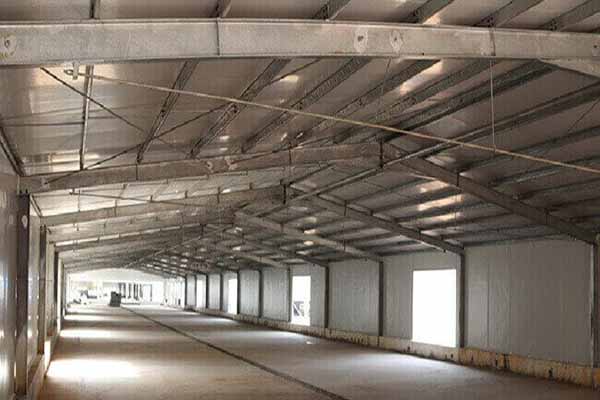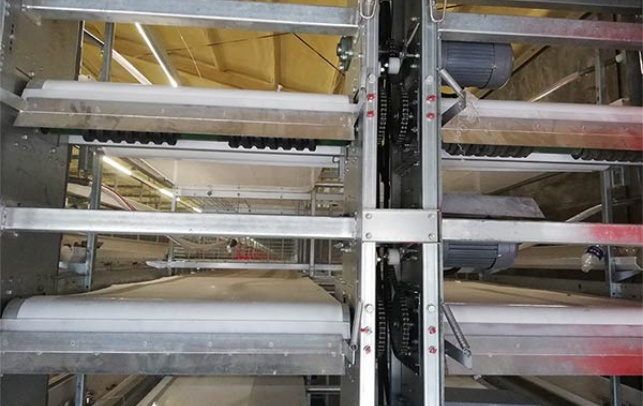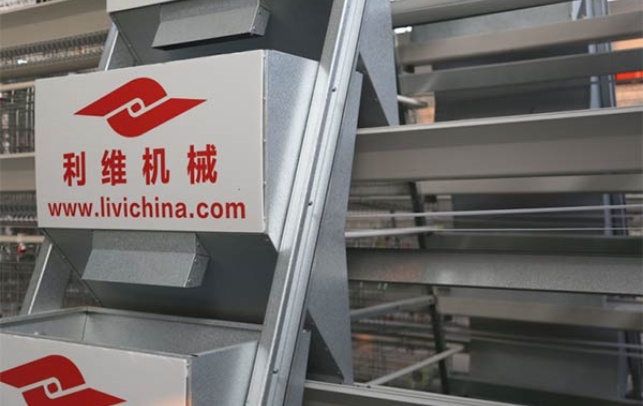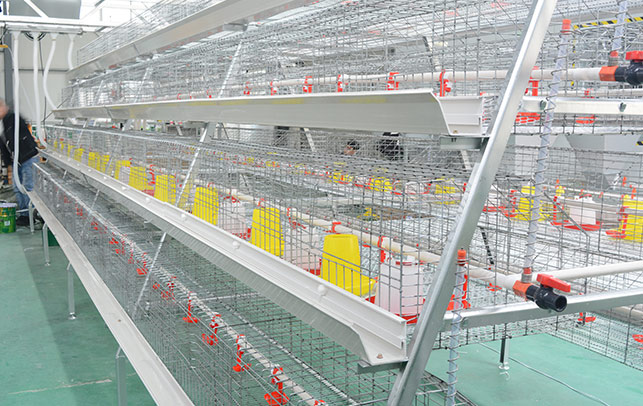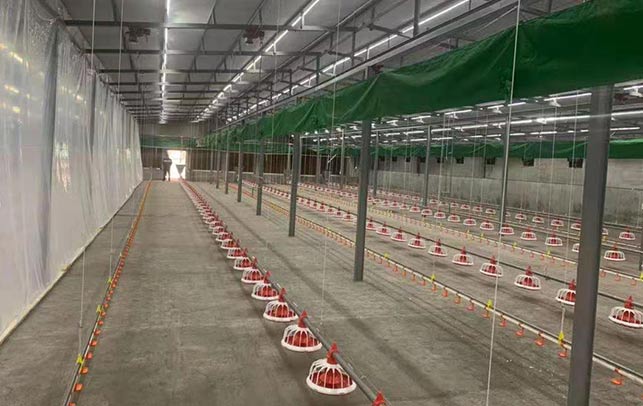What to Do if Ventilation in Chicken Farms in Kenya is Poor
Time : 2025-06-24
Poor ventilation in chicken farms can lead to a range of issues, from health problems in the birds to inefficiencies in the farming process. In Kenya, where the poultry industry is a significant part of the agricultural sector, ensuring adequate ventilation is crucial for the success and sustainability of chicken farming operations. This article delves into the causes of poor ventilation, the consequences, and practical steps that can be taken to improve the air quality and overall environment in chicken farms.
Causes of Poor Ventilation in Chicken Farms
1. Inadequate Design
The initial design of a chicken farm can significantly impact its ventilation efficiency. Poorly planned layouts, lack of sufficient windows or ventilation openings, and improper placement of equipment can all contribute to inadequate air exchange.
2. Overcrowding
High stocking densities can lead to increased ammonia levels and reduced air quality. When chickens are overcrowded, the natural exchange of air is compromised, leading to poor ventilation.
3. Environmental Factors
Extreme weather conditions, such as high temperatures and humidity, can exacerbate ventilation issues. In Kenya, the climate can be quite challenging, with hot and dry conditions, which can strain the farm’s ventilation systems.
4. Maintenance Neglect
Regular maintenance of ventilation systems is crucial. Neglecting to clean and service fans, ducts, and other components can lead to reduced efficiency and performance.
Consequences of Poor Ventilation
1. Health Risks
Poor ventilation can lead to respiratory diseases in chickens, as well as increased stress levels, which can weaken their immune systems. This can result in higher mortality rates and reduced productivity.
2. Ammonia Levels
Ammonia is a byproduct of chicken droppings and can be harmful in high concentrations. It irritates the respiratory system and eyes of both chickens and humans, leading to discomfort and potential health issues.
3. Energy Efficiency
Inefficient ventilation can lead to increased energy costs. Farms may need to run fans for longer periods to maintain comfortable temperatures, which can be economically detrimental.
Improving Ventilation in Chicken Farms
1. Evaluate the Current System
Before making any changes, it’s important to assess the current ventilation system. This includes checking the size and placement of fans, ductwork, and openings.
2. Increase Airflow
Ensure that there is adequate airflow throughout the farm. This can be achieved by adding more fans, ensuring that fans are properly sized for the space, and adjusting the speed of fans as needed.
3. Optimize Layout
Reconsider the layout of the farm to improve ventilation. Ensure that there is enough space between rows of chickens and that equipment is not blocking air flow.
4. Use Natural Ventilation
In regions with favorable weather conditions, natural ventilation can be a cost-effective solution. This can be achieved through strategically placed windows and doors that allow for cross-ventilation.
5. Install Air Filters
Air filters can help reduce ammonia levels and improve air quality. These should be regularly maintained to ensure they are effective.
6. Monitor Environmental Conditions
Use environmental monitoring systems to keep track of temperature, humidity, and ammonia levels. This data can help in making informed decisions about ventilation adjustments.
7. Regular Maintenance
Establish a routine maintenance schedule for the ventilation system. This includes cleaning fans, ducts, and other components, as well as inspecting for any signs of wear and tear.
8. Consider Professional Help
If you are unsure about how to improve ventilation in your chicken farm, consider consulting with a professional who specializes in poultry farming and ventilation systems.
Conclusion
Improving ventilation in chicken farms in Kenya is essential for the health and productivity of the birds, as well as for the economic sustainability of the farm. By addressing the causes of poor ventilation and implementing practical solutions, farmers can create a more comfortable and efficient environment for their chickens.
